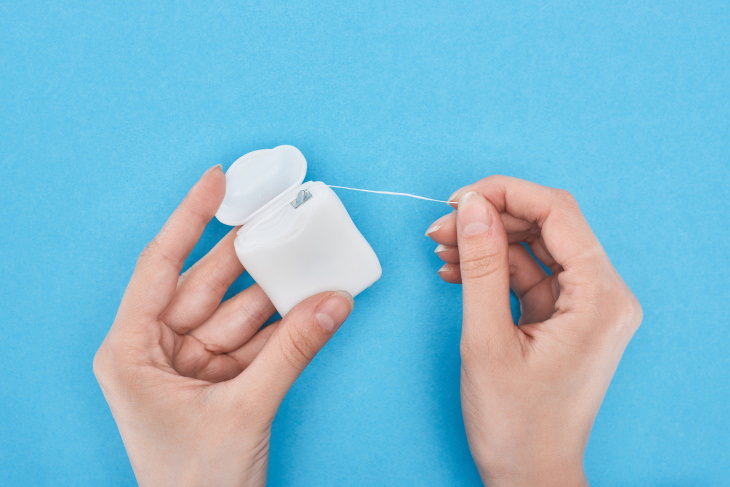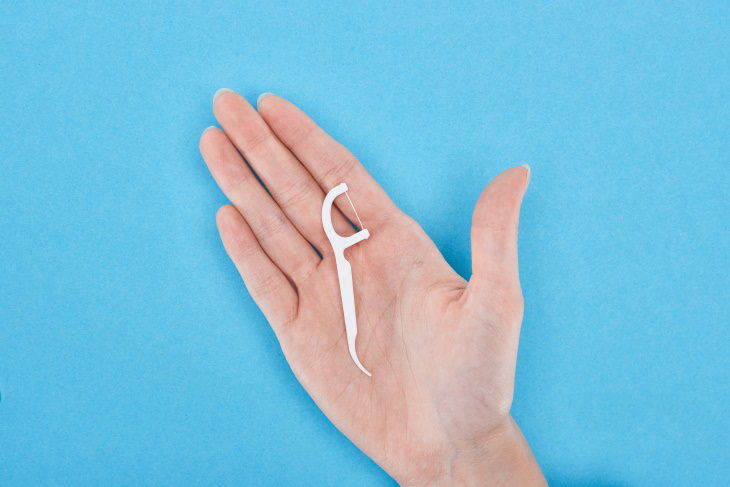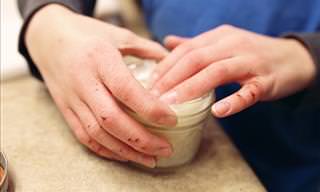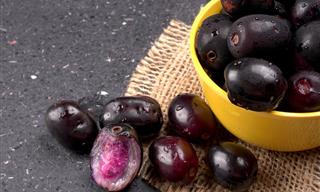One device that could make flossing a bit less tedious and make people more likely to floss daily are floss picks - those little plastic handles embedded with a piece of floss. But the question is, are these floss picks as good as regular floss?
Dentists point out that the picture is somewhat nuanced, with both floss picks and regular floss having a place and time in your everyday routine. To learn more about the differences and uses of both, continue reading.
Using Typical Floss

Many people aren't aware that dental floss has been around for quite a while, as early as the beginning of the 19th century. The invention of floss is credited to a dentist from New Orleans, Levi Spear Parmly, in 1819. Parmly believed that flossing is the most important part of the dental routine, and he suggested that everyone should use a waxed silk thread "through the interstices of the teeth, between their necks and the arches of the gum, to dislodge that irritating matter which no brush can remove and which is the real source of disease."
Today, floss is also made of other materials, mainly nylon or plastic filaments. All of these flossing materials are effective at getting the job done. According to Chad Evans, a doctor of dental surgery in Texas, “the best flossing tool is the one you will use. From a question of ‘effectiveness,’ they are all comparably effective.” Simultaneously, dentists point out that the traditional silk thread is the most time-consuming compared to plastic or nylon floss, and possibly the least convenient to use, too. Unfortunately, it's also the only biodegradable flossing option, too.
The main advantage of floss compared to floss picks is that you always have a fresh piece of floss to use for every tooth, which means that you're more likely to floss more effectively.
Related Article: 8 Additional and Surprising Uses for Dental Floss
What about floss picks?
Floss picks have been manufactured since the early 20th century, first invented in 1935 by F.H. Doner. These picks are just a single-use plastic handle with a piece of dental floss spanning across a space at one end, and a tapered point, which can be used as a toothpick on the other side.
According to studies, floss picks are effective at cleaning between the teeth, but some research points out that floss picks could be less effective than regular floss because the pick's shape limits the user's ability to reach around each tooth and below the gum line. Apart from that, Dr. Evans also points out that because you're using the short piece of floss to clean every tooth, “That may decrease the effectiveness as the floss become covered with debris or bacteria.” However, this drawback can be easily salvaged by simply rinsing the floss pick with water while flossing.
Still, many dentists favor floss picks over traditional floss because they are extremely convenient and quick to use. Apart from that, floss picks are also more hygienic and can be used while traveling, at work, or anywhere on the go.
Lastly, dentists point out that kids may be more prone to use floss picks than they are regular floss due to the ease of use factor. So, if you're in the midst of teaching a little one to floss, it may be a better option, too (under adult supervision, of course). And for those parents wondering - yes, floss picks are effective and safe for braces as well.
To sum up, both floss picks and ordinary floss are effective at removing debris and plaque from in-between the teeth and preventing dental and gum issues. While regular floss may be more effective than floss picks according to some research, it is also less convenient and travel-friendly. Floss picks, in turn, may urge people more towards flossing every day, and they may be beneficial for teaching kids to floss regularly.
Share this article with family and friends!
 Go to BabaMail
Go to BabaMail

























































